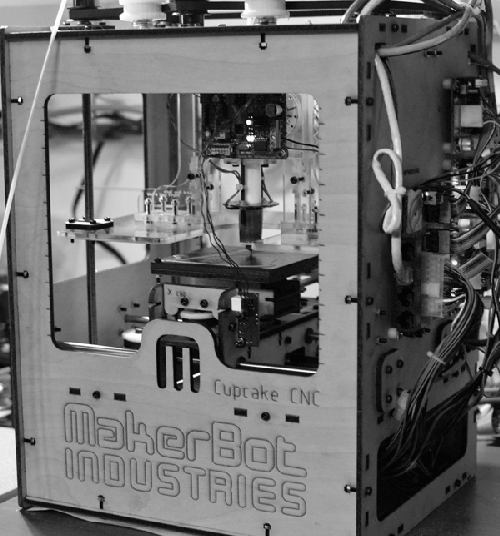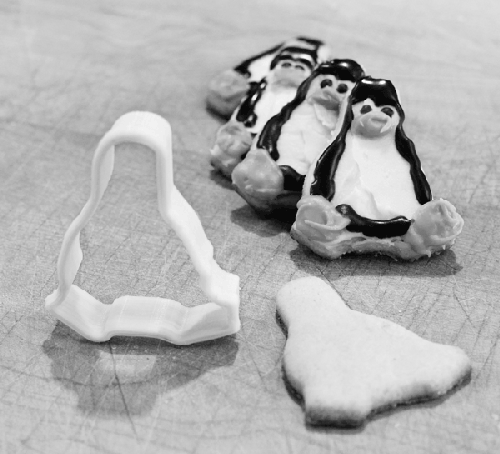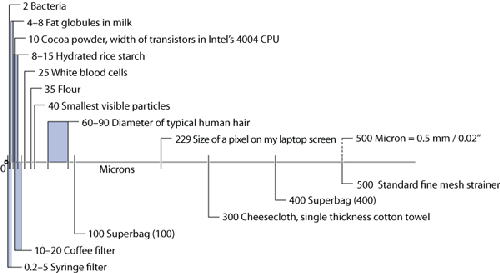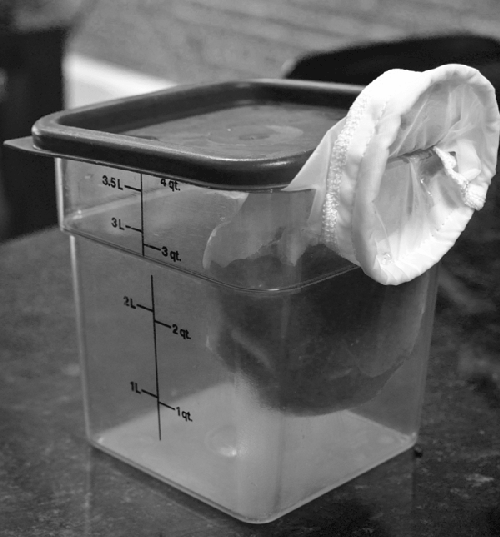What goes on behind those two-way swinging doors leading to
the commercial kitchen? More and more restaurants are sharing with the public what they’re
doing, even going so far as to blog their thoughts and recipes for all the world to see.
Why? Well, for one, it serves as great publicity for the restaurants. And secondly, so much
of what’s done in the high-end modernist restaurants requires so much work that it’s
probably cheaper for a home chef to go and eat at the restaurant than it would be to try
undertaking one of their recipes anytime soon.Even if you’re not going to attempt a full 26-course dinner, you can learn a lot by
seeing how the pros approach food and the lengths to which they go to in their quest for a
truly fantastic and delightful meal.
Since the techniques in this section are not, in and of themselves, going to put dinner
on the table, you might wonder how to work them into your cooking. Think of this section
like knife skills for modernist cuisine: a few pointers for what’s happening behind those
swinging doors.
In this section, we’ll take a look at a few techniques that are common in commercial
restaurants and examine ways that they can be useful to the home chef. This isn’t by any
means a complete list. Rather, this should be enough to get you started thinking outside the
box .
Many aspects of “playing with your food” are
beyond the reach of most commercial restaurants, either because they’re not worth the
time or require a geek to do it. For a few high-end restaurants, spending the time involved in making custom
molds allows them to create innovative and unusual experiences. Working with
fabricators, they’ll create custom silicone molds ranging in shapes of everything from
vegetables to eggs, using them to mold asparagus puree set with gelling agents or for
signature desserts. 
Then there’s the geek side of things. If you happen to have access to a CNC
(computer numeric control) printer, such as MakerBot’s Cupcake, try printing your own
molds and cookie cutters. Here’s an example, using none other than that famous penguin,
Tux. (Tux is the Linux kernel’s official mascot.) You’ll need a cookie cutter, sugar
cookie dough, and frosting. Create the cookie cutter. This is the hardest part
(second hardest, if you’re the type to eat all the cookie dough before getting to the
end). Bake the cookies. Using the cookie cutter (shown on
the left in the photo below), create your Tux cookies and bake. Allow the cookies to cool
before frosting. 
Frost. Until MakerBot comes out with a Frostruder
that supports multiple colors, you’ll have to do this by hand. Prepare a batch of frosting and divide it into three bowls, putting most of the
frosting in the first bowl. Add yellow food coloring to the second bowl; you’ll use this
for Tux’s yellow feet and beak. Add red and blue food coloring to the final bowl; when
mixed together, this will make an almost-black frosting. To frost, take a first pass using the white frosting, covering the entire cookie in a
single full layer of white frosting. Using a dinner knife, take a second pass, lightly
smearing the yellow frosting for his beak and feet. For the third pass, transfer the black
frosting to a plastic sandwich bag, snipping off the corner to make a piping bag, and
carefully dot the two eyes and black edge. 

|
1. Filtration
Filtering is a common
technique for separating solids from liquids in a slurry. Filtering is usually done to
remove the solids—for example, to create a clear broth free of particulate matter or a
juice free of pulp. Other times, the solid matter, such as browned butter solids, is the
desired item.
Sizes of common items (top portion) and common filters (bottom
portion).

Besides filtration, which we’ll talk about here, additives can be used to separate out
some types of solids. Some manufacturers use isinglass, a collagen derived from fish
bladders, in beer and wine making. The isinglass binds with yeast and causes it to
precipitate out. (Sorry, vegetarian beer lovers.) And consommé is traditionally clarified
using egg whites, which, like isinglass, bind to small particulates and then coagulate
into a large mass that’s easily removed. Mechanical filtration, in contrast, has the
advantage of being fast and easy.
Reasons for filtering in the kitchen can range from aesthetic (including traditional
broths like consommé) to practical (needing particulate-free liquid to work with in cream
whippers —the particulate would potentially clog the
system).
Which type of filter to use depends on the size of the solids. A
chinois—a conical strainer—is fine for straining out spices and
solids from a broth and is the standard go-to item for filtration. To mechanically mash
foods and give them a finer texture, you can push them through a perforated sheet of
steel. Traditional European soups, such as vichyssoise (potato and leek), pass through
these to ensure a smoother mouth-feel.
A standard modern technique for making clarified liquids such as
consommés is to freeze the liquid and drip-thaw it through a filter, such as a
Superbag.

High-end chefs use finer
filtration to achieve other effects. Straining out the solids in tomato juice to get a
clear, transparent tomato water requires a much finer filter. You can also use
hydrocolloids: create a gel with gelatin (e.g., stocks) or agar (e.g., Dave Arnold’s lime
juice in The Easier, Cheaper Version of “The $10,000 Gin and Tonic”), and pass the gel
through a filter. The gel will hold on to most of the solids, while the filter will hold
on to the gel.
International Cooking Concepts sells a filter bag called a “Superbag” that’s
dishwasher safe, reusable, and highly durable.
The McMaster-Carr product uses a stiffer material and doesn’t drain as quickly as the
Superbag, however. With this size of filtration, you can quickly create flavored liquids
such as nut milks (purée presoaked almonds, drop in filtration bag, squeeze liquid out) or
fruit juices (purée cantaloupe, drop in filtration bag, squeeze liquid out). Try other
things, such as asparagus and olives.These finer filters can also be used for drip filtration, where the solids are rested
in the filter bag and the liquids are given time to percolate out slowly. Purée tomatoes,
drop them in a fine (~100 micron) filter sleeve, clamp in a storage container, and let
drip overnight in the fridge to create semiclear tomato water.